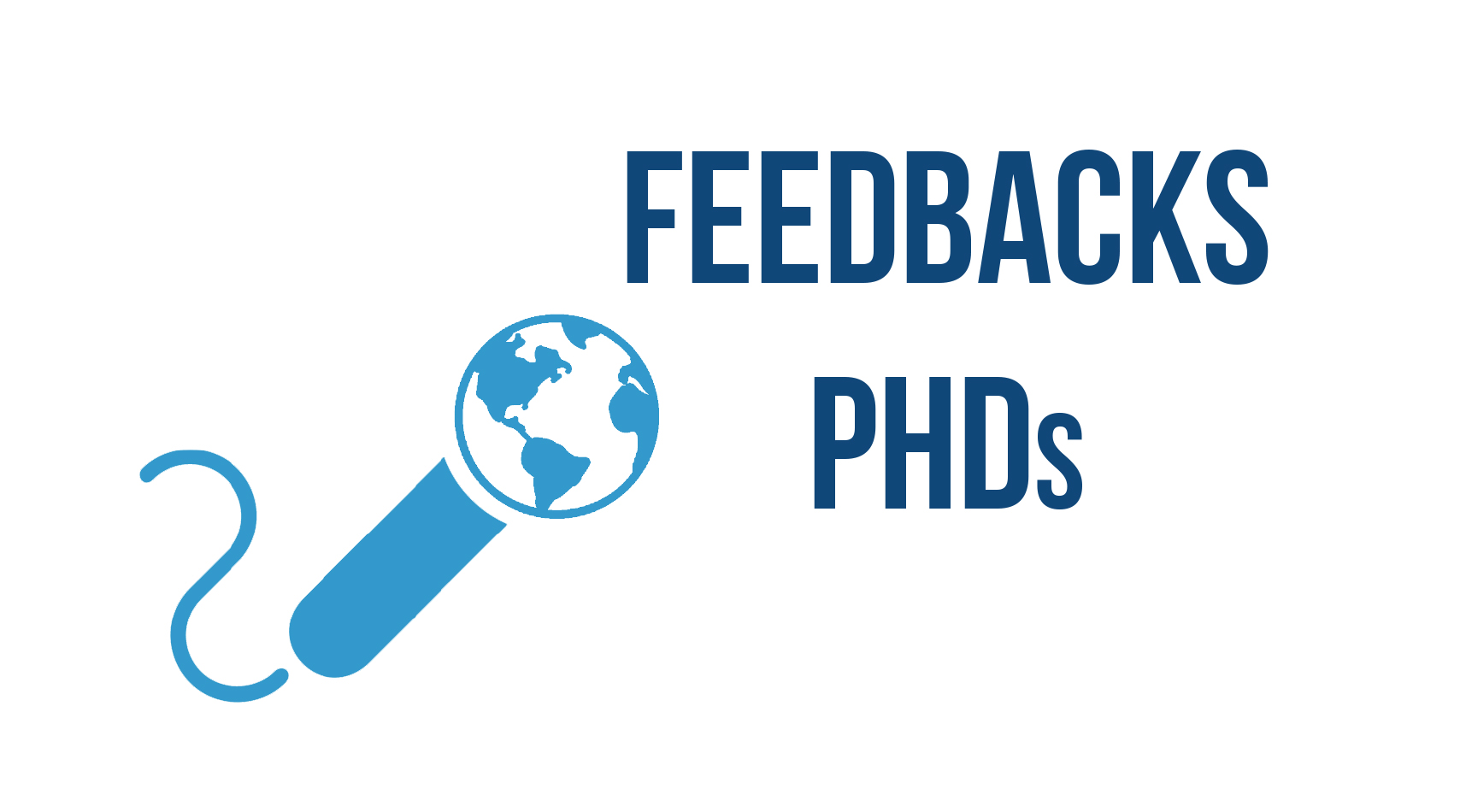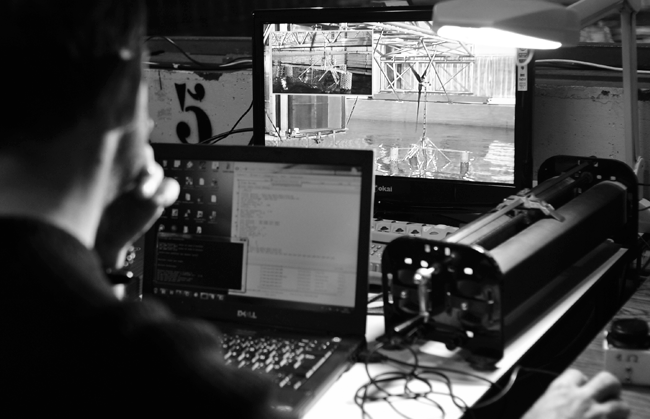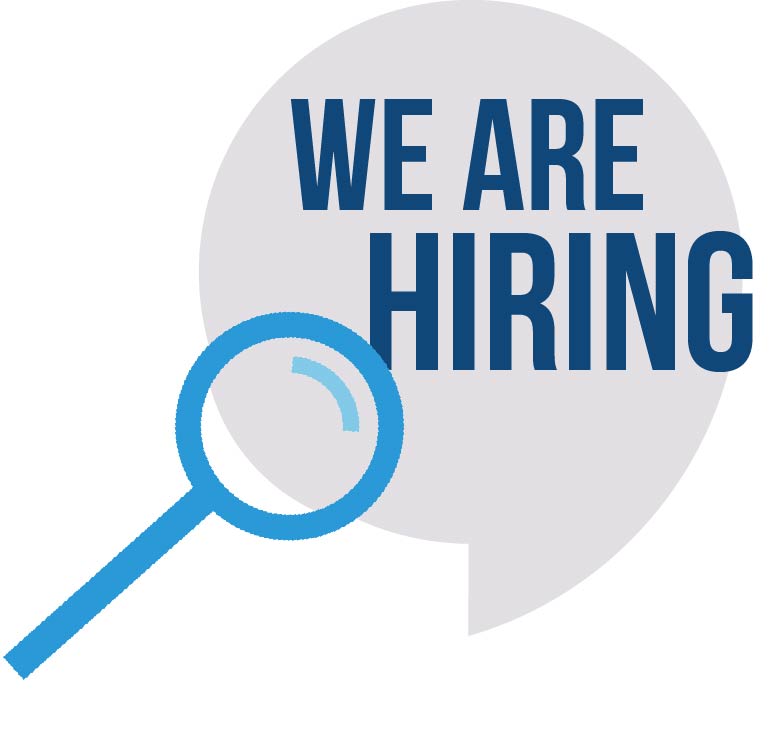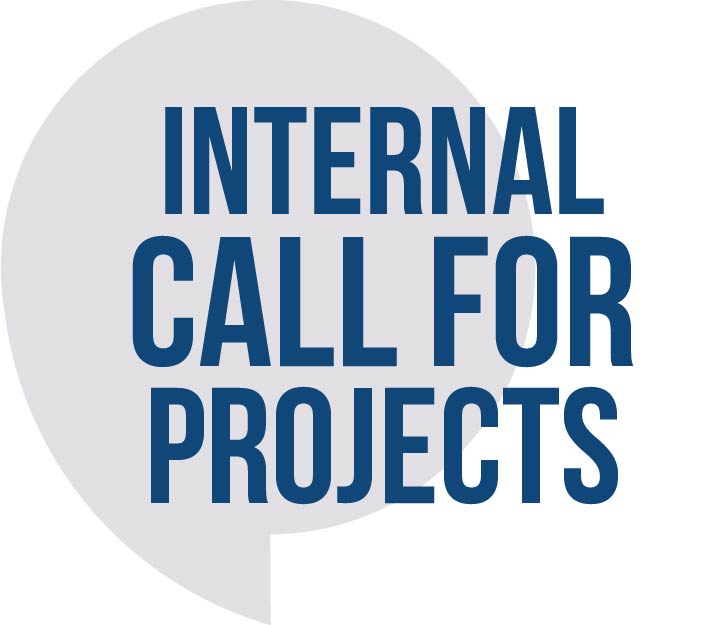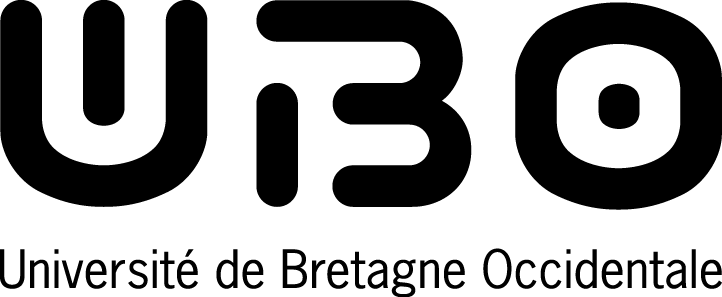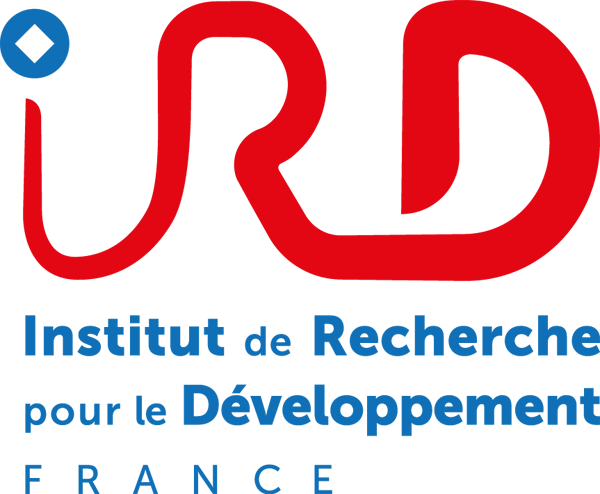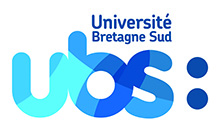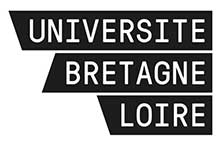Feedbacks PhDs
|
|
|
|---|
ASCHENBROICH Adélaïde (LEMAR)
Out-going mobility
Museum of Sao Paulo - Brasil
Thanks to the support of the LabexMER, I could train in the taxonomical study of the coastal benthic crustaceans, at the Museum of Zoology of the University of Sao Paulo (Brazil). Supervised by experts (Marcos D.S. Tavares, Katia Christol Santos ), I have acquired skills and the necessary autonomy to the identification of tropical taxa associated with mangroves; allowing the study of benthic biodiversity associated with this ecosystem and a better understanding of its functioning. My experience at the Museum of Sao Paulo has allowed me to develop new expertise, collaborations, and to initiate and deepen some works. The data which could be analyzed thanks to the training I had were presented in three national and international conferences and will shortly be published.
LE BRIS Cédric
(LEMAR)
Out-going mobility - Japan
The financial support granted by LabexMER allowed me to go to Japan, where Venerupis philippinarum, the model species from my thesis, can originally be found. There, I could study the local populations of this species, as well as their susceptibility to disease, and compare it to our populations used in clam cultures along French coasts. During that journey, I had the occasion to work with impassioned researchers, who did everything to help us during our experiments. This collaboration, started while on site, now continues throught the common writing of a scientific publication, involving the two scientific teams. The stay in Japan was also the opportunity for me to take part in an international congress, but also to meet recognized researchers in the field of immunology and present some of my thesis work. This trip will thus remain a wonderful experience, both professionally and personally.
FERNANE Assia
(LDO)
Out-going mobility - Natural History Museum (London-UK)
I became a doctor in palaeoecology in December 2014. During my thesis, my work consisted in analyze the past environmental changes in coastal area in Brittany, by using foraminifera, pollen and Chironomidae. This opportunity was really enriching because, in France, only a few researchers are using those insect as palaeobiological tools. In purpose to acquire a good expertise in palaeoecology, I obtained LabexMER funding for travelling to Natural History Museum, in London. I attended the 12th Workshop on Subfossil Chironomidae, at Southampton, and presented orally my work. It was a great professional and personal experience because I felt integrated to this community. Then, I worked in the department of Life Sciences in the Natural History Museum (London) for 2 weeks. My work consisted in analysing Chironomidae samples. I had also the opportunity to exchange ideas about my research with other lab members. This helped me to develop new strategies to study Chironomidae taxonomy and to perform statistical analysis of my observations.
LASSUDRIE-DUCHESNE Malwenn (LEMAR)
Out-going mobility - NOAA (USA)
This three-month stay in the US has fueled an existing collaboration between the LEMAR and Milford laboratory (NOAA). This stay was particularly rewarding for my thesis: experiments that I have made have resulted in an article and in communications at international congresses, and I have also been trained in particular techniques by experts in the field.
VIC Clément
(LPO)
Out-going mobility - UCLA (USA)
spent two months at UCLA (Los Angeles, California) for a collaboration funded by LABEX MER. This stay allowed me to set up and run high resolution numerical modeling thanks to the knowledge and know-how of James McWilliams' team and under the supervision of Jeroen Molemaker. The input for my thesis has been considerable since I would not have achieved this technical task in my lab. Furthermore, the scientific enrichment through confrontation with new points of view has been very appreciated.
FROMANT Guillaume (LDO)
Out-going mobility - University Plymouth (UK)
During my stay in the UK at Plymouth University, I had the occasion to use the first prototype of holographic camera LISST-HOLO, designed by both Sequoia Scientific and Plymouth University. This instrument is capable of reconstructing a 3-Dimentional image of the content of the water column on a small sampled volume, the goal being the observation of the Suspended Particulate Matter. More particularly, I was tasked with determining the limits of the instrument in terms of maximum suspended sediment concentration to be observed.
ARTIGAUD Sébastien
(LEMAR)
Out-going mobility - IMR, Bergen (Norway)
If there is something that I kept in mind about this trip, beside from the magnificent landscapes of Norway and Norwegian nature, it is that it was a real human experience. I was able to experience the Norwegian culture, which is very different from here, and another way to consider work. On a strictly professional level, this experience was for me the first experience of an international collaboration and it allowed me to publish in a prestigious journal. Finally the contacts established during this visit are now part of my professional network and if the opportunity to work together has not yet occurred, I'm sure it will come.
Document Actions

